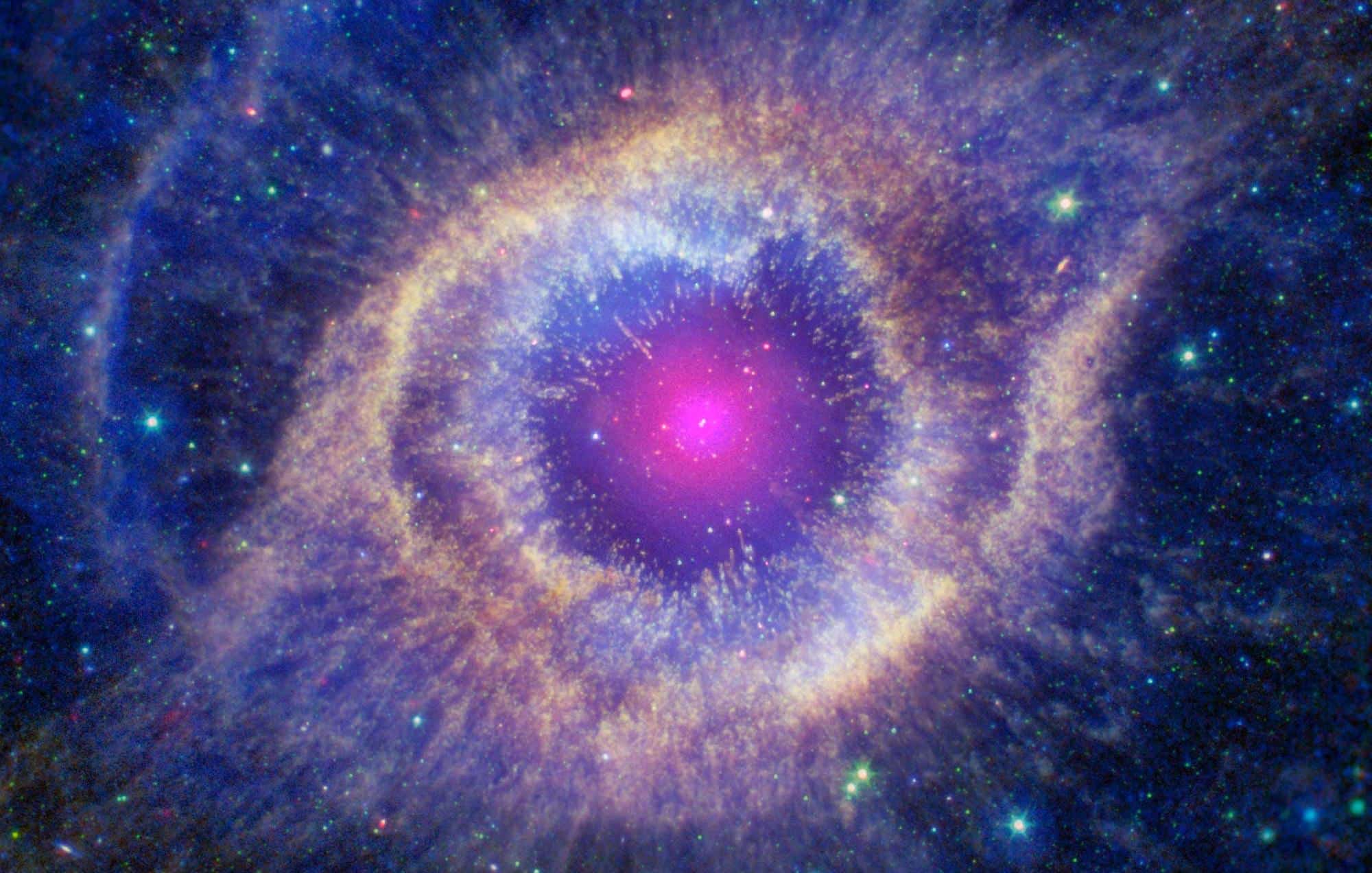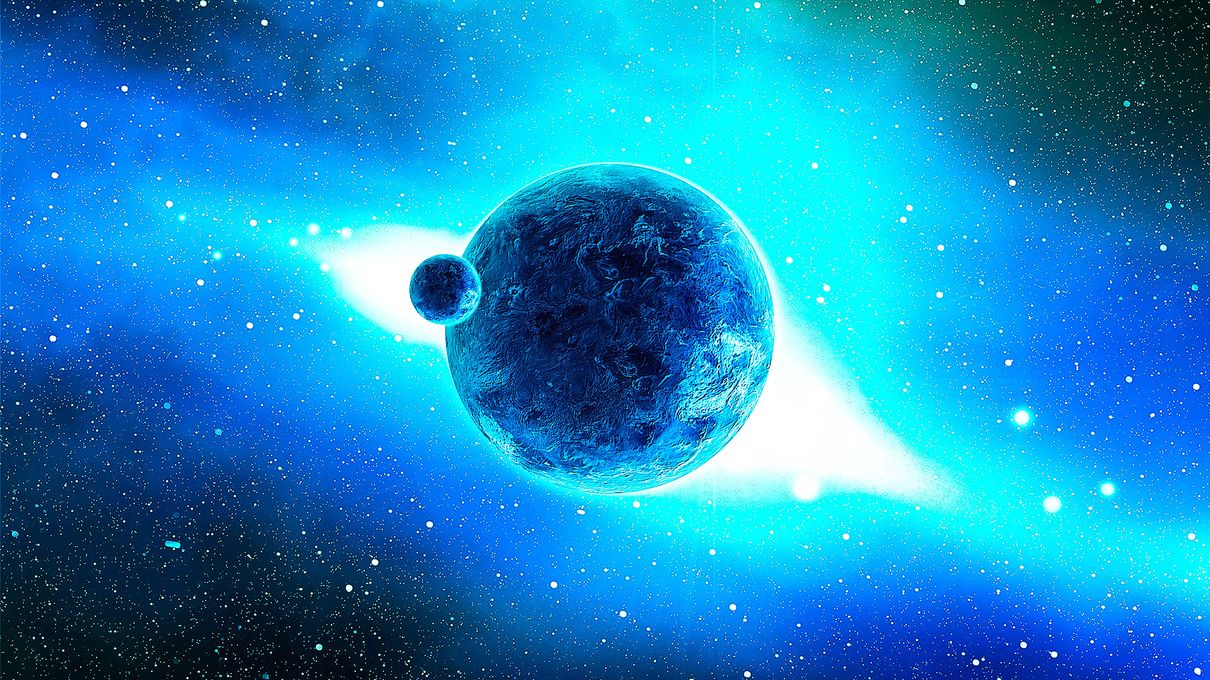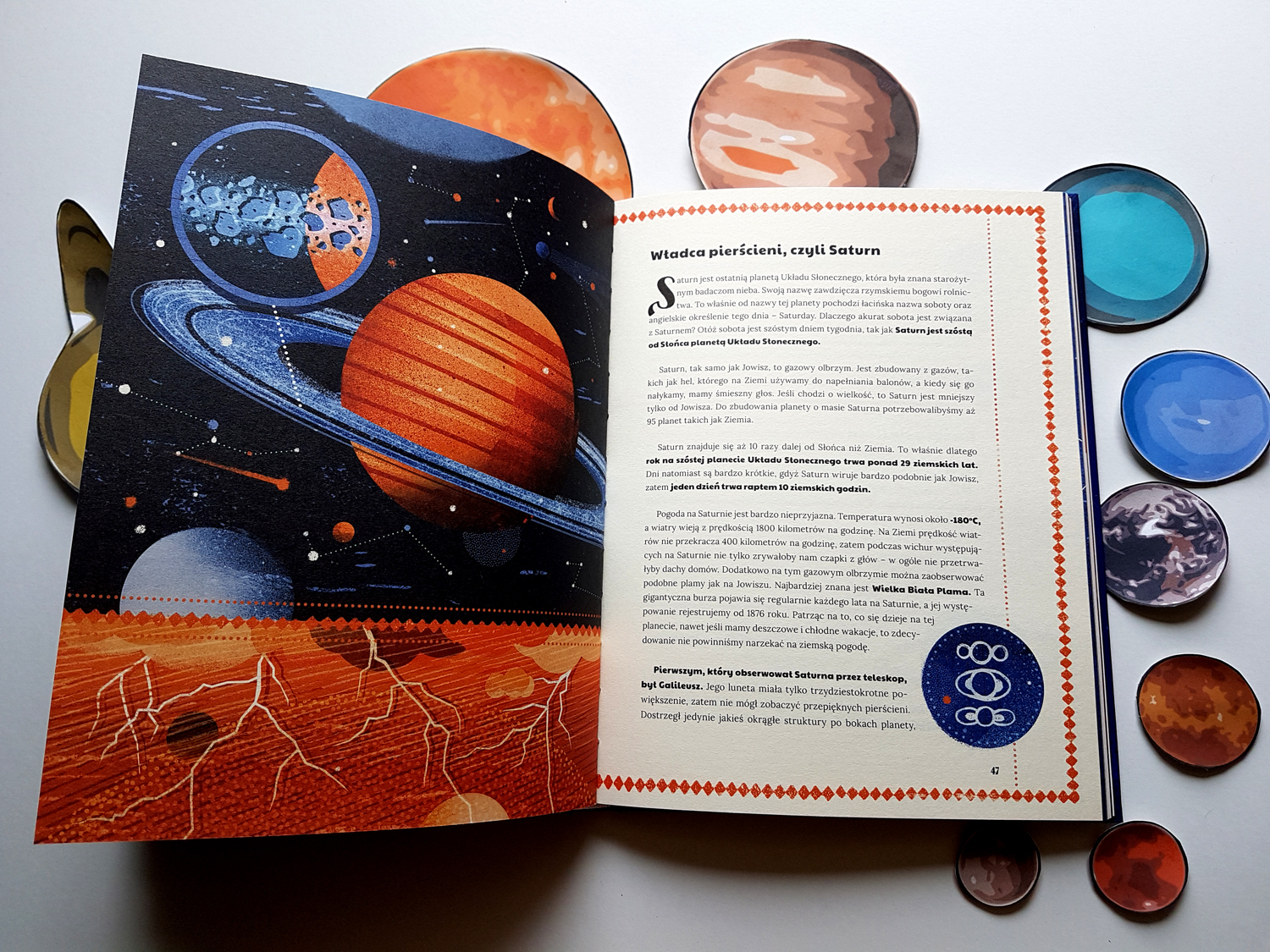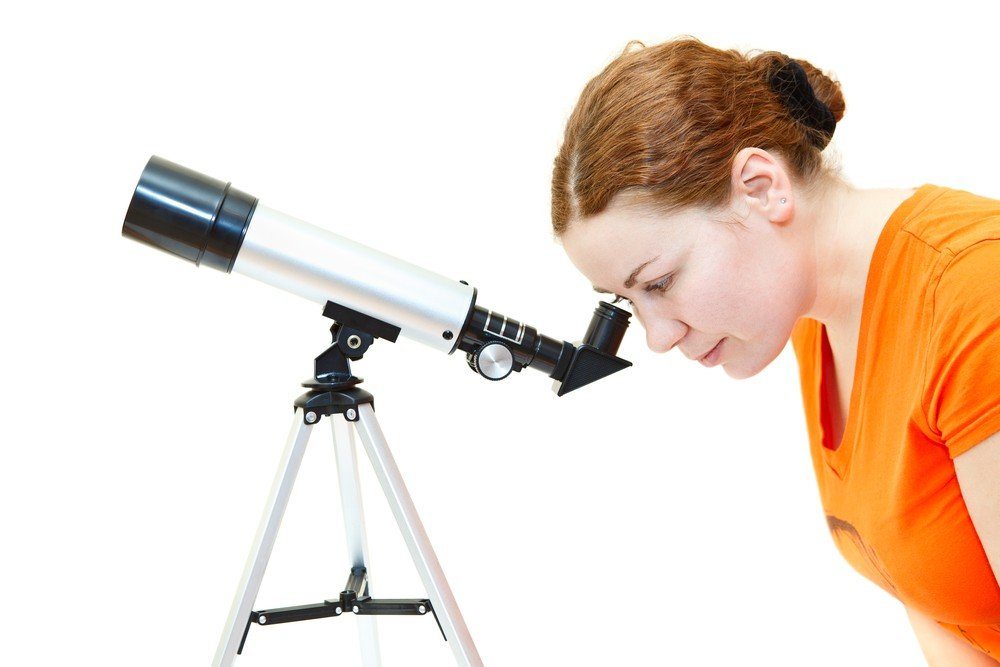What is space biotechnology? All your great advances!
Space biotechnology is defined as the use of living organisms to produce food for humans in space. In this article we will talk in depth about this activity and the progress it has made in recent years.
WHAT IS SPACE BIOTECHNOLOGY?
Broadly speaking, space biotechnology can be defined as the use of living organisms to create food sustenance in space for humans. Likewise, biotechnology before being taken into space has a long history in making wine, bread, cheese and yogurt.
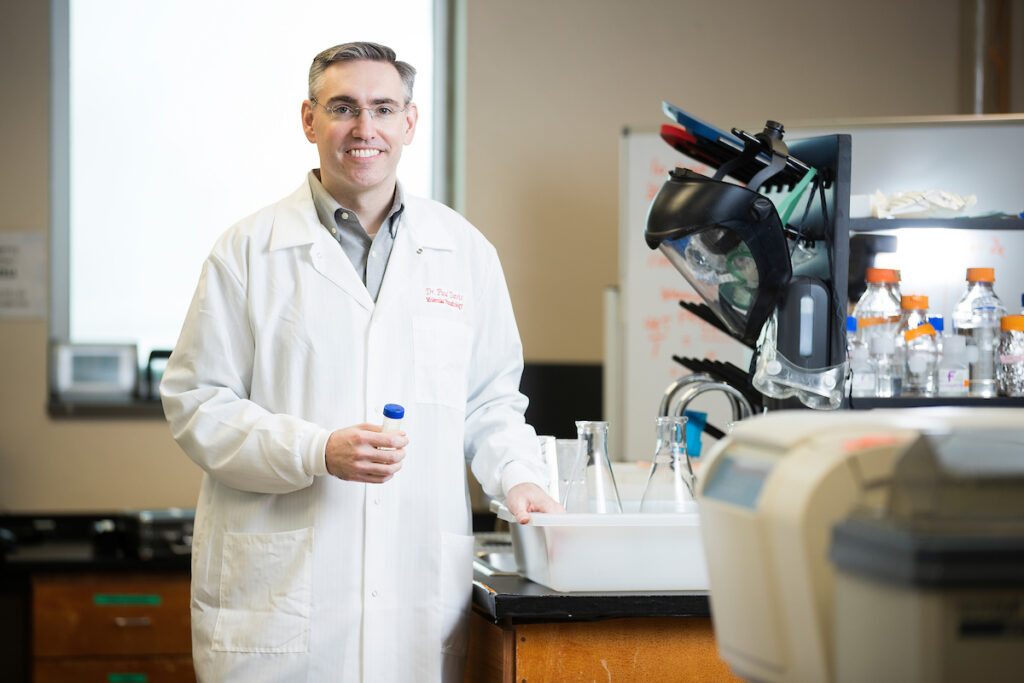
When it was discovered that fermented grape juice can be made into wine, that milk through a series of processes can be made into cheese and yogurt, or that beer can be made by fermenting solutions of malt and hops, this was the beginning for the biotechnology that would later be transported into space.
Despite the fact that at that time people did not fully understand how these processes worked, this was not an impediment to benefiting from them. All these applications together form what is now known as traditional biotechnology, which is based on obtaining and using the products of certain microorganisms.
Currently, scientists fully understand how these biological processes work, thanks to this understanding it was possible to modify or copy them to obtain better products. On the other hand, microorganisms can also be used to make chemical compounds essential for industry (amino acids, organic acids, alcohols) and enzymes that tend to be used efficiently in various processes, such as in the manufacture of detergents, paper and medicines.
Along the same lines, modern biotechnology got its start in the 1980s, working with techniques known as “genetic engineering” to modify and transfer genes from one organism to another.
Through this process, it is possible to produce human insulin in bacteria and, in the long term, improve the treatment of diabetes. Through genetic engineering, chymosin is also manufactured, an enzyme important for the manufacture of cheese and which prevents the use of rennet in this process.
In the same line of ideas, biotechnology is now vital for the production of vegetables. By this we mean that it is possible to transfer a gene from a bacterium to a plant, as is the case with transgenic maize resistant to insects, Bt maize.
In this circumstance, soil bacilli develop a protein that kills the larvae of an insect that usually attacks corn. After the transfer of said gene corresponding to this protein, maize can manufacture this protein and thus is not affected by the pest.
SPACE BIOTECHNOLOGY – WHAT IS IT FOR?
As mentioned above, biotechnology is a branch that allows the manufacture of products from other living organisms, so it has a wide range of uses, particularly when it comes to getting it into space.
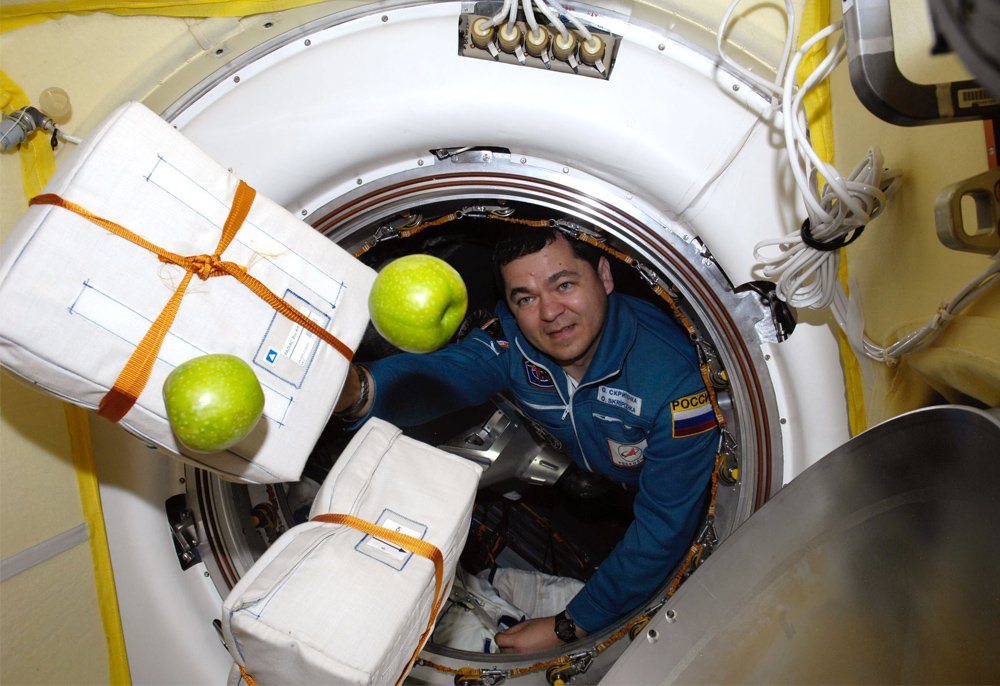
As is known, space does not have the necessary conditions to produce adequate food sustenance for human beings, which is why space biotechnology is so relevant, as it is a fundamental step to start talking about inhabiting other planets.
FOOD GROWTH
The discovery of the presence of water on a planet orbiting a star far from ours is undoubtedly very important news, as it is the first time that scientists have cataloged another planet as a habitable place for the human race. The researchers of this study agree that this planet has similar characteristics to ours, so life on it is an option, however, others argue that this is not the case. Despite the debate over whether life can be generated on that planet, the truth is that it has reopened the question of space colonization.
The United States aims to send humans back to the Moon in 2024. The biggest mission follows, sending men to the planet Mars, while SpaceX is also interested in colonizing Mars. Gene Cernan and Jack Schmitt during the Apollo 17 mission were the last humans to walk on the surface of the Moon.
After 35 years, space travel resonates again. However, despite all the ambitions, the reality is that space travel has major limitations compared to sending human-free probes or landers into space. In that sense, humans cannot go beyond Earth for the time being.
In this way, it seems that being able to go to this planet will be an impossible dream. Even if modifications were made to the spacecraft, it would take humans millions of years to reach their destination. In this vein, one model posits that a space trip would need a multigenerational span of 6,300 years to reach an Earth-like exoplanet with a minimum of 98 crew on board.
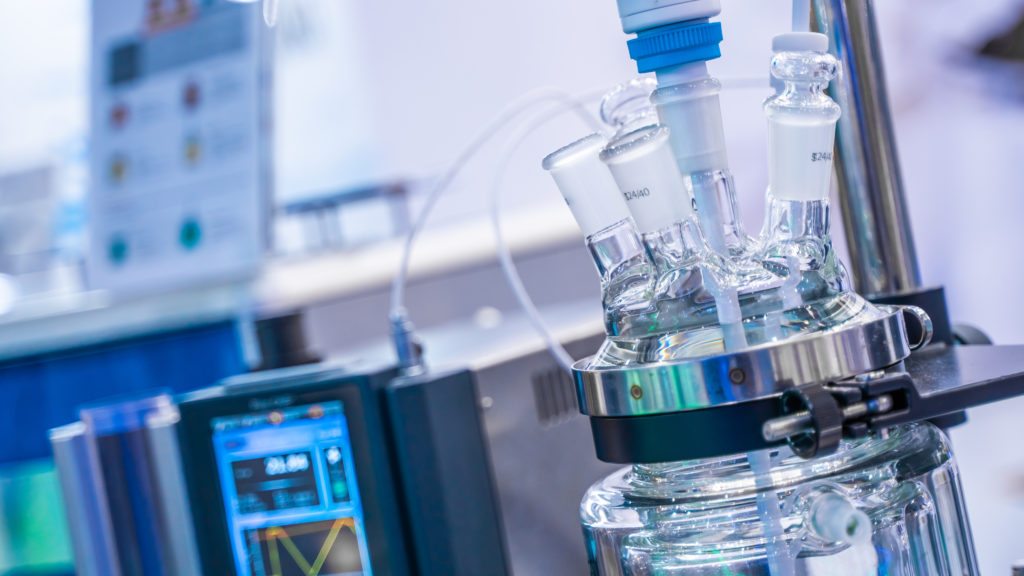
Assuming astronauts can grow food when they arrive on the Earth-like exoplanet, the question everyone must ask is what kind of food will they eat during all these years of travel? On average, ISS crews need 3,000 kcal, or 1.8 kg of food, a day, while on the planet they need at least 2,000 to 2,500 kcal a day.
It is impossible to be able to transport food during space travel. Thousands of years of travel seems like an exaggerated number at this point, but even a simple journey can take decades, as food, oxygen and water limit our ability to go into deep space.
This is where space biotechnology comes into the picture, as starting to grow crops in space ensures the entry of food and oxygen while absorbing carbon dioxide. Likewise, plants can purify water from perspiration, and some onboard spacecraft will provide crew members with positive psychological benefits. From space biotechnology, humans will be able to go further into space.
For this reason, if you are planning to inhabit other planets for the long term, the important thing here is to be able to efficiently grow food outside of Earth’s safe environment. In this sense, only plants that grow in adverse terrestrial conditions can be selected to grow in interstellar space.
In early 2019, a stir erupted when a cottonseed sprouted on the moon aboard China’s lunar module. Although. Soon after, the plant ended up dying, as it couldn’t stand the cold nights of the moon that reached 170 degrees Celsius.
These drastic temperature changes are one of many challenges facing astronauts trying to bring biotechnology into space. In this way, traveling to space not only deserves the change in spaceships and plant growth chambers, but also requires plant varieties.
A series of plants that can provide a greater amount of food with less nutrients is needed, as well as plants that can grow in both heat and cold, plants that can withstand droughts that require less water, radioresistant plants that grow in the middle of the high radiation from space and finally plants that grow in microgravity are needed.



